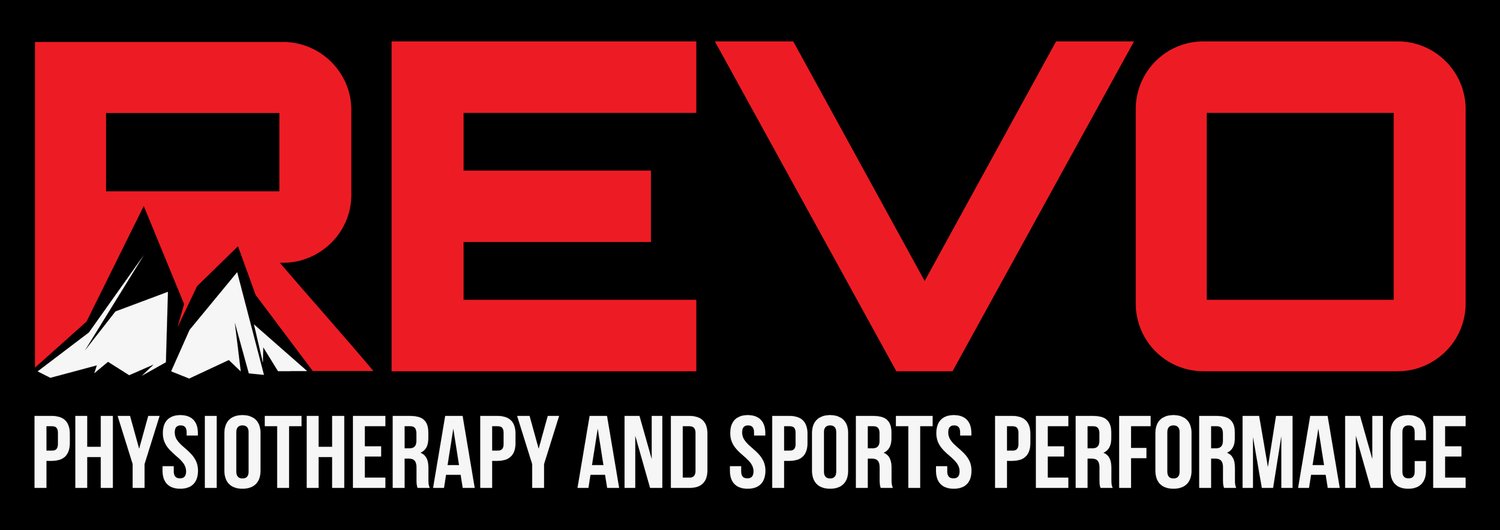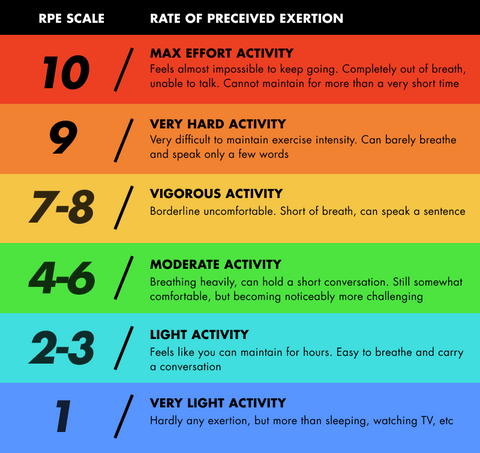Are You Meeting the Physical Activity Guidelines?
Do you know if you are meeting the recommended physical activity guidelines? Many people aren’t. The CDC released statistics from the years 2006-2018 that reflect the percentage of adults who met the Physical Activity Guidelines.
Percent of adults aged 18 and over who met the Physical Activity Guidelines for aerobic physical activity: 53.3%
Percent of adults aged 18 and over who met the Physical Activity Guidelines for both aerobic and muscle-strengthening activity: 23.2%
MAJOR YIKES.
The good news is that there is room for improvement and it is not too late to start moving!
In 2018, the Department of Health and Human Services released the 2nd edition of the Physical Activity Guidelines for Americans.2 Read the updated guidelines below to see if you are meeting your physical activity needs.
Key Guidelines for Adults
Get at least 150 minutes per week of moderate-intensity aerobic activity or 75 minutes per week of vigorous aerobic activity, or a combination of both, preferably spread throughout the week.
Add moderate- to high-intensity muscle-strengthening activity (such as resistance or weights) on at least 2 days per week.
Spend less time sitting. Even light-intensity activity can offset some of the risks of being sedentary.
Gain even more benefits by being active at least 300 minutes (5 hours) per week.
Increase amount and intensity gradually over time.
Key Guidelines for Kids
Children 3-5 years old should be physically active and have plenty of opportunities to move throughout the day.
Kids 6-17 years old should get at least 60 minutes per day of moderate- to vigorous-intensity physical activity, mostly aerobic.
Include vigorous-intensity activity on at least 3 days per week.
Include muscle- and bone-strengthening (weight-bearing) activities on at least 3 days per week.
Increase amount and intensity gradually over time.
Key Guidelines for Older Adults
The key guidelines for adults also apply to older adults. In addition, the following key guidelines are just for older adults
• As part of their weekly physical activity, older adults should do multicomponent physical activity that includes balance training as well as aerobic and muscle-strengthening activities.
• Older adults should determine their level of effort for physical activity relative to their level of fitness.
• Older adults with chronic conditions should understand whether and how their conditions affect their ability to do regular physical activity safely.
• When older adults cannot do 150 minutes of moderate-intensity aerobic activity a week because of chronic conditions, they should be as physically active as their abilities and conditions allow.
Key Guidelines for Women During Pregnancy and the Postpartum Period
• Women should do at least 150 minutes (2 hours and 30 minutes) of moderate-intensity aerobic activity a week during pregnancy and the postpartum period. Preferably, aerobic activity should be spread throughout the week.
• Women who habitually engaged in vigorous-intensity aerobic activity or who were physically active before pregnancy can continue these activities during pregnancy and the postpartum period.
• Women who are pregnant should be under the care of a health care provider who can monitor the progress of the pregnancy. Women who are pregnant can consult their health care provider about whether or how to adjust their physical activity during pregnancy and after the baby is born.
Key Guidelines for Adults With Chronic Health Conditions and Adults With Disabilities
• Adults with chronic conditions or disabilities, who are able, should do at least 150 minutes (2 hours and 30 minutes) to 300 minutes (5 hours) a week of moderate-intensity, or 75 minutes (1 hour and 15 minutes) to 150 minutes (2 hours and 30 minutes) a week of vigorous-intensity aerobic physical activity, or an equivalent combination of moderate- and vigorous-intensity aerobic activity. Preferably, aerobic activity should be spread throughout the week.
• Adults with chronic conditions or disabilities, who are able, should also do muscle-strengthening activities of moderate or greater intensity and that involve all major muscle groups on 2 or more days a week, as these activities provide additional health benefits.
• When adults with chronic conditions or disabilities are not able to meet the above key guidelines, they should engage in regular physical activity according to their abilities and should avoid inactivity.
• Adults with chronic conditions or symptoms should be under the care of a health care provider. People with chronic conditions can consult a health care professional or physical activity specialist about the types and amounts of activity appropriate for their abilities and chronic conditions.
Physical Activity Intensity The Guidelines
One way to look at intensity is with a rate of perceived exertion scale. See image below for an example of this scale.
Image taken from https://maximizepotentialtx.com/
Reaching the recommended exercise guidelines is important as it reduces our risk for chronic conditions and diseases such as obesity, cardiovascular disease, mental health disease, type 2 diabetes, and cancer. Meeting these exercise guidelines can also improve bone health, decrease fall risk, and increase your chance of living longer.
If you are unsure of how to start moving, come in to REVO and try out our gym intro membership. With the intro membership comes access to unlimited classes, an initial movement screen, goal assessment, a month of strength and conditioning programming, and two one-on-one 30 min personal training sessions. We value community and will help you get started on your fitness journey.
Click below to sign up for a gym membership!
Resources
1. American Heart Association recommendations for physical activity in adults and kids. www.heart.org. https://www.heart.org/en/healthy-living/fitness/fitness-basics/aha-recs-for-physical-activity-in-adults. Published August 4, 2021. Accessed March 14, 2022.
2. U.S. Department of Health and Human Services. Physical Activity Guidelines for Americans, 2nd edition. Washington, DC: U.S. Department of Health and Human Services; 2018.
3. Zenko Z, Willis EA, White DA. Proportion of adults meeting the 2018 physical activity guidelines for Americans according to accelerometers. Frontiers in public health. https://www.ncbi.nlm.nih.gov/pmc/articles/PMC6566056/. Published June 7, 2019. Accessed March 14, 2022.

